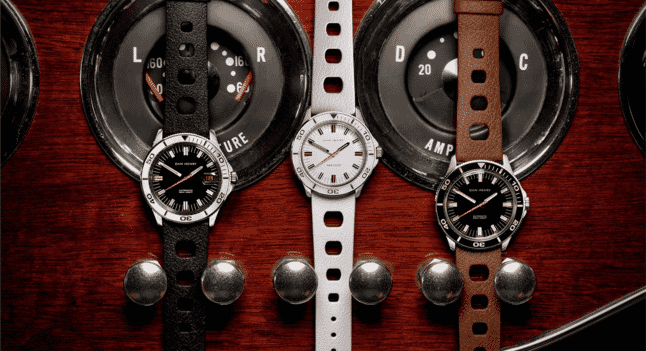In the realm of investment watches, few timepieces possess the mystique, heritage, and enduring appeal of the Rolex Explorer. This iconic watch, renowned for its exceptional durability and precision, has not only conquered the world's highest peaks but also found its place on the wrists of explorers, adventurers, and watch enthusiasts alike. As we embark on a journey through the history of the iconic timepiece, we'll uncover the stories behind its creation, evolution, and timeless allure that continues to captivate horology connoisseurs today.
Table of Contents
- The genesis of the Rolex Explorer
- The Rolex Explorer I: A pioneer's companion
- The Rolex Explorer II: A new chapter
- The Rolex Explorer in the 21st century
The genesis of the Rolex Explorer
The story of the Rolex Explorer begins in the early 1950s when the brand sought to create a timepiece specially designed for adventurers and mountaineers. It was a response to a real-world need, inspired by Sir Edmund Hillary and Tenzing Norgay's historic ascent of Mount Everest in 1953. Rolex wanted to craft a watch that could withstand the harshest conditions and provide unwavering accuracy at high altitudes. This vision gave birth to the Rolex Explorer, a timepiece that would become synonymous with exploration and achievement.
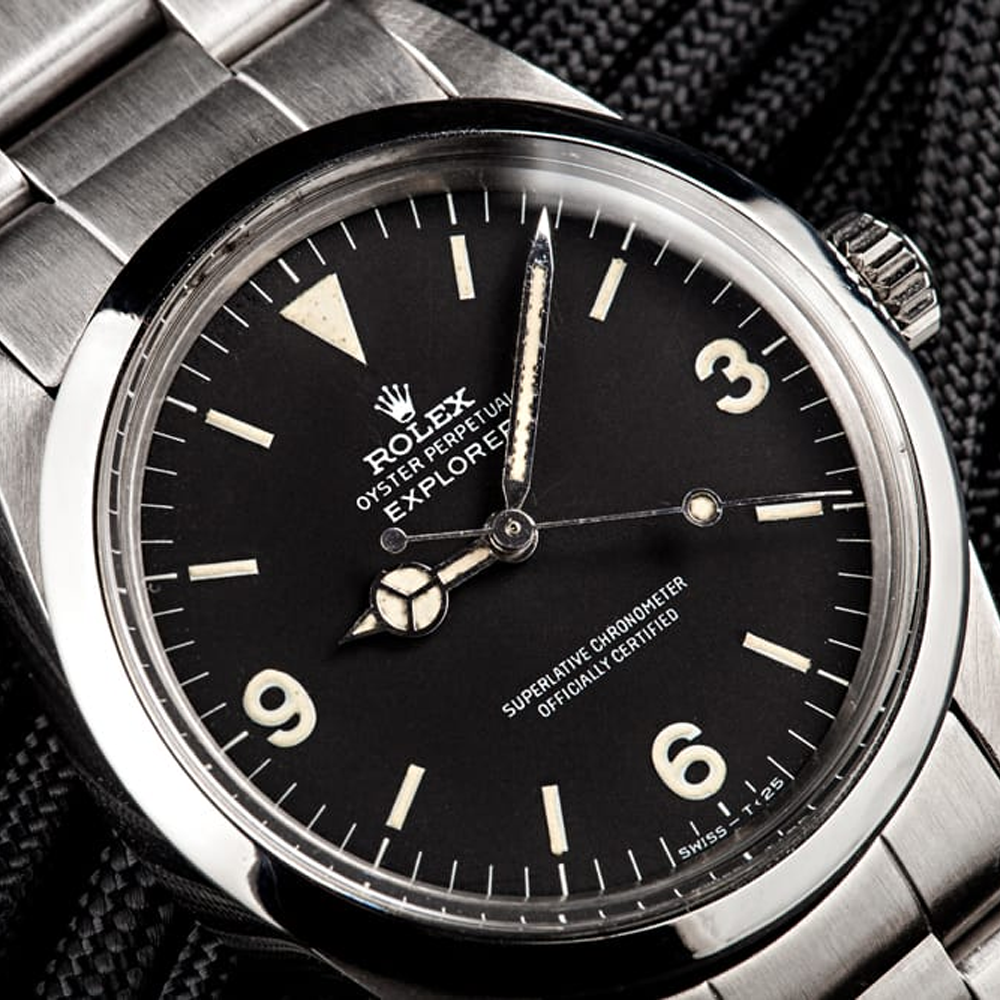
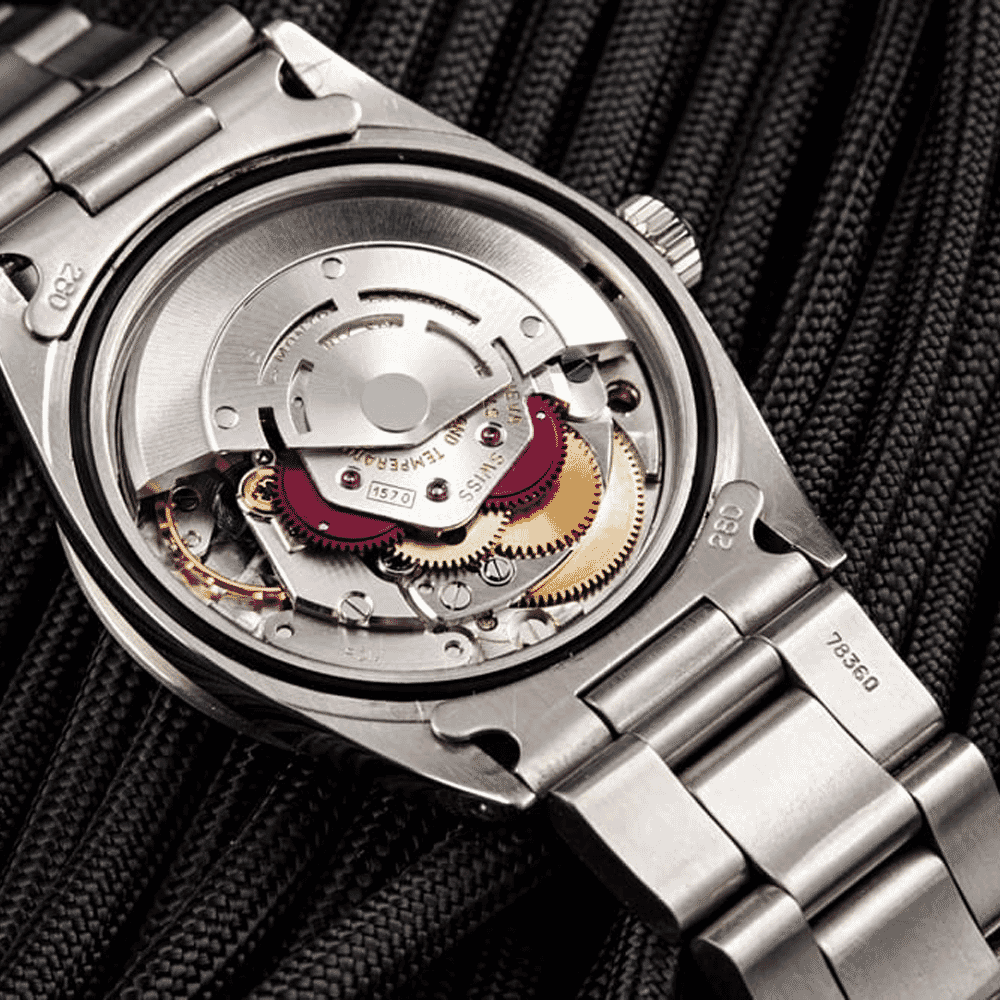
The Rolex Explorer I: A pioneer's companion
In 1953, the inaugural Rolex Explorer I, often referred to as the "Explorer," was introduced. With its clean, minimalist watch design, luminous hour markers, and Mercedes hands, the Explorer I was an instant hit among adventurers and outdoor enthusiasts. Its robust Oyster case, equipped with the Twinlock winding crown, ensured exceptional water resistance and protection against dust and moisture—a vital feature for those venturing into the unknown.
Over the years, the Rolex Explorer I underwent subtle yet meaningful changes, solidifying its status as a timeless classic. In 1956, the Swiss brand introduced the reference 6610, which featured the iconic black dial with white numerals, now synonymous with the Explorer collection. This design change enhanced readability in various lighting conditions, making it an ideal companion for explorers in all environments.
The following year, the Explorer I received a significant upgrade with the introduction of the reference 1016. This model remained in production for an impressive 26 years, a testament to its enduring popularity. The Rolex Explorer I 1016 featured an improved movement, the Caliber 1560, and a scratch-resistant acrylic crystal.
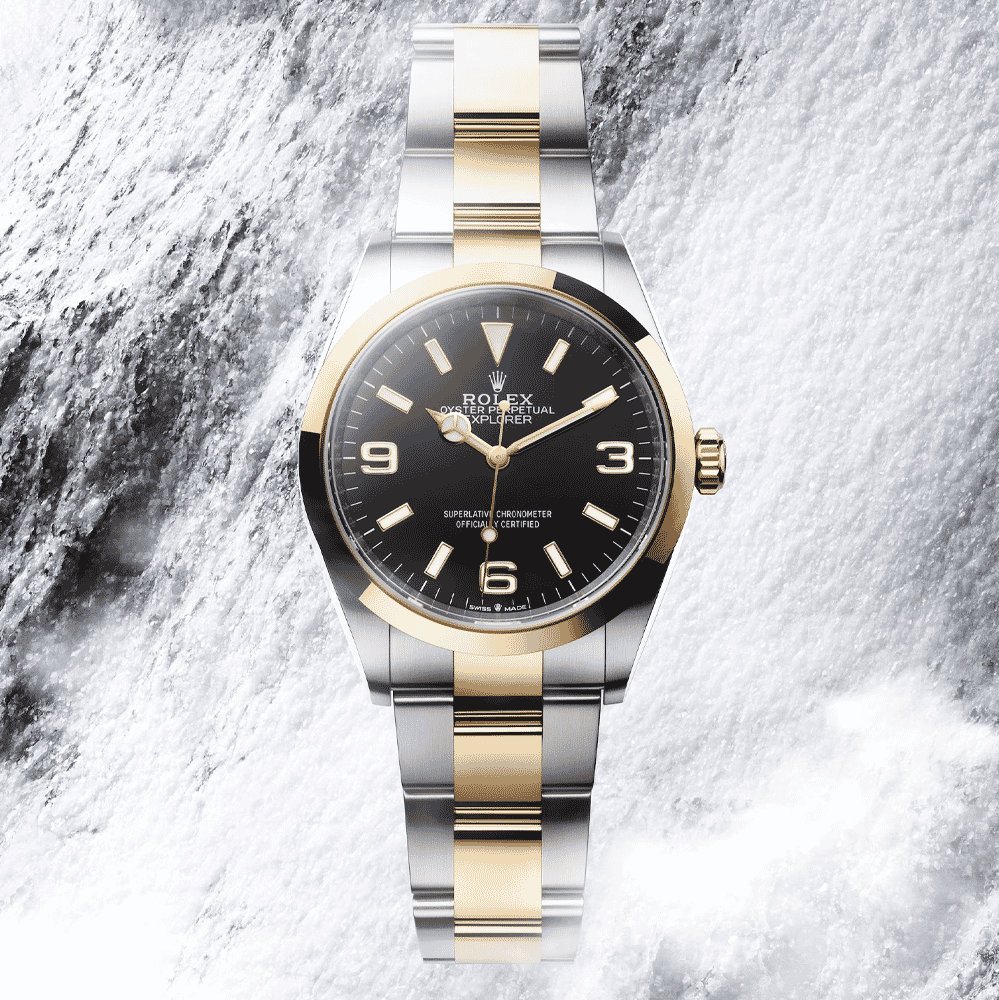
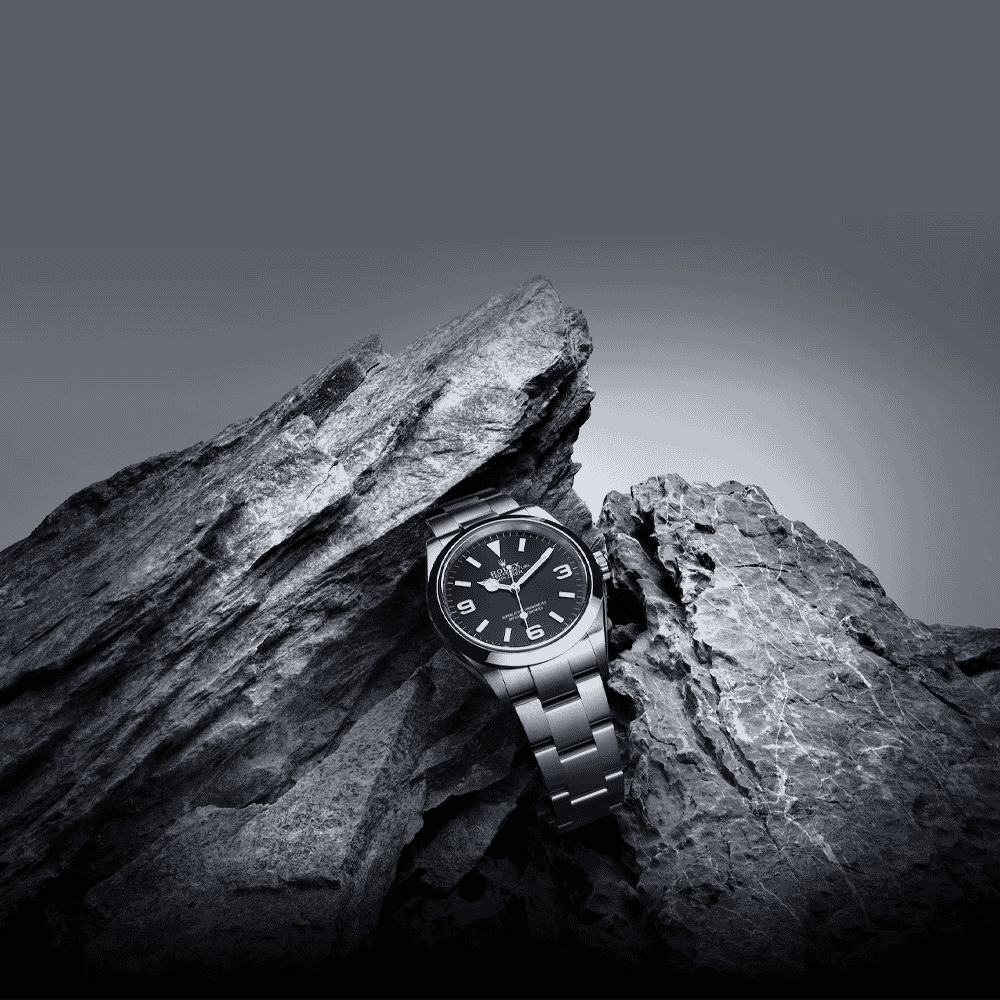
The Rolex Explorer II: A new chapter
In 1971, the Rolex Explorer II was introduced, marking a new chapter in the Explorer's history. This watch, often referred to as the "Steve McQueen" Rolex, was designed for speleologists and cave explorers. It featured a distinctive 24-hour hand, allowing wearers to distinguish between day and night while working in environments with no natural light.
The Explorer II retained the ruggedness and precision of its predecessor but added a sportier and more adventurous aesthetic. Its orange 24-hour hand and fixed 24-hour bezel made it a standout in the Rolex lineup. This model was initially powered by the Caliber 1575 movement and later upgraded to the Caliber 3085, featuring an independent adjustable 24-hour hand.
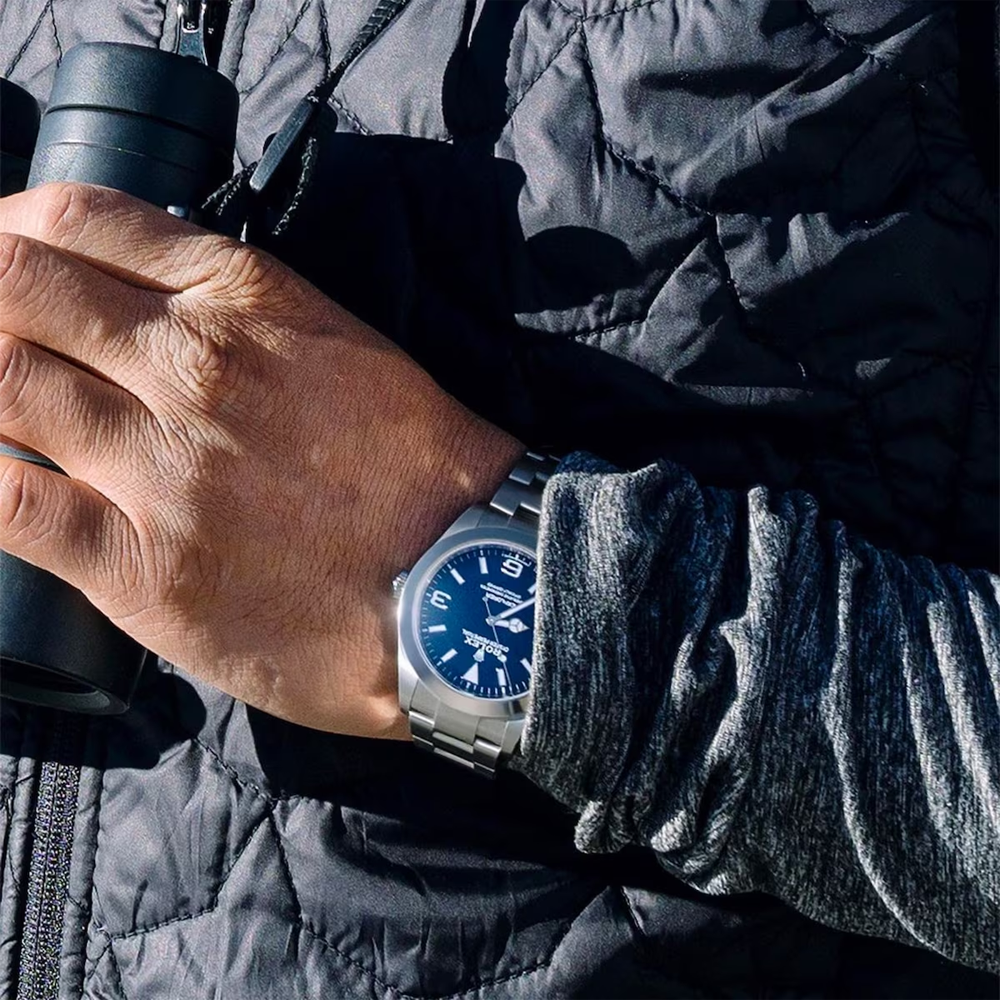
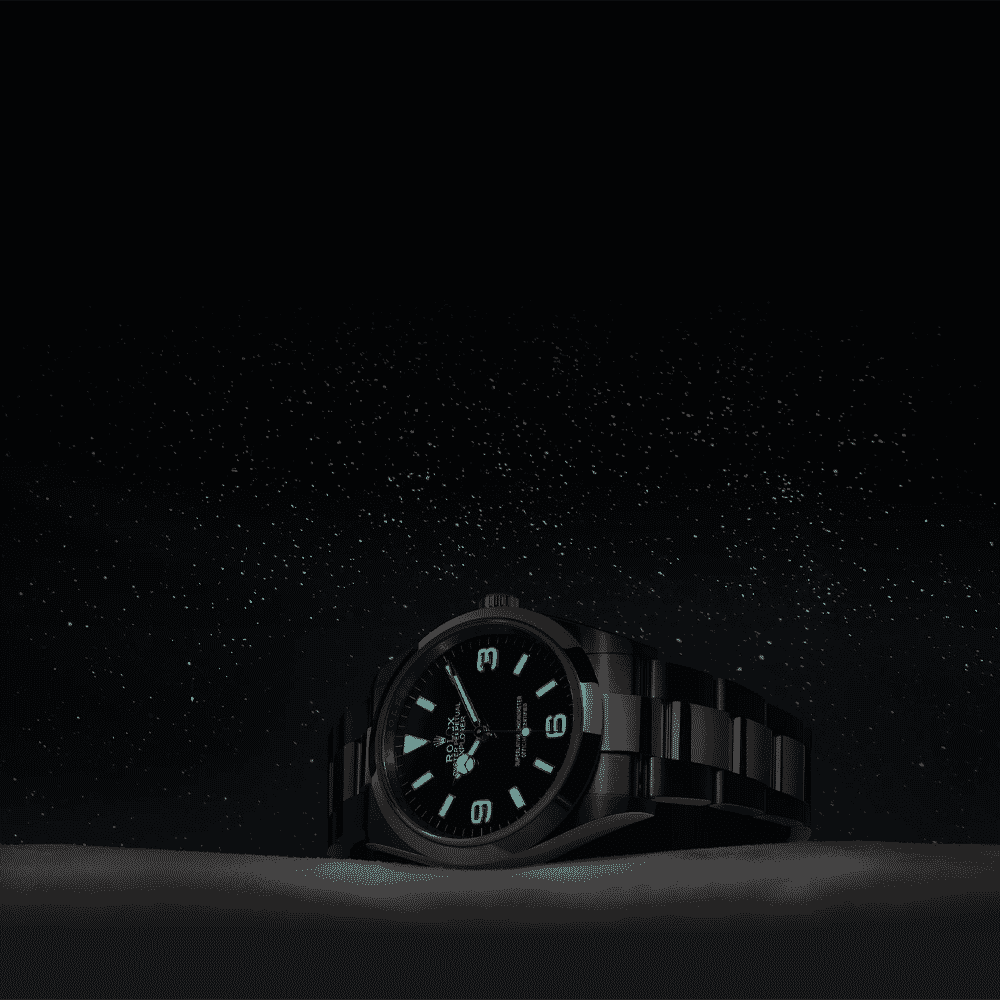
The Rolex Explorer in the 21st century
In 2010, watch enthusiasts received a pleasant surprise with the reintroduction of the Rolex Explorer I. The reference 214270 brought modern advancements to the classic design, including an increased case size of 39mm for improved wearability and legibility. The Caliber 3132 movement, equipped with Paraflex shock absorbers and a Parachrom hairspring, making Rolex one of the most expensive watch brands of all time.
The most recent addition to the Explorer II collection, the reference 226570, was unveiled in 2021, featuring further enhancements in terms of movement, power reserve, and overall performance. It continues to be a trusted companion for modern adventurers and explorers.
Not sure which Rolex to buy? Our guide to the best Rolex investment watches has got you covered.

